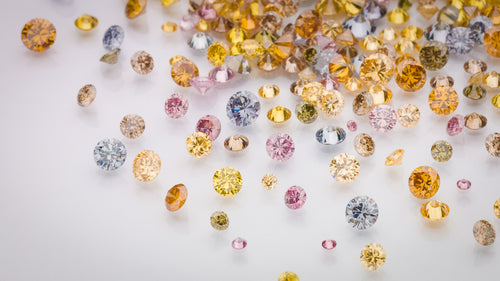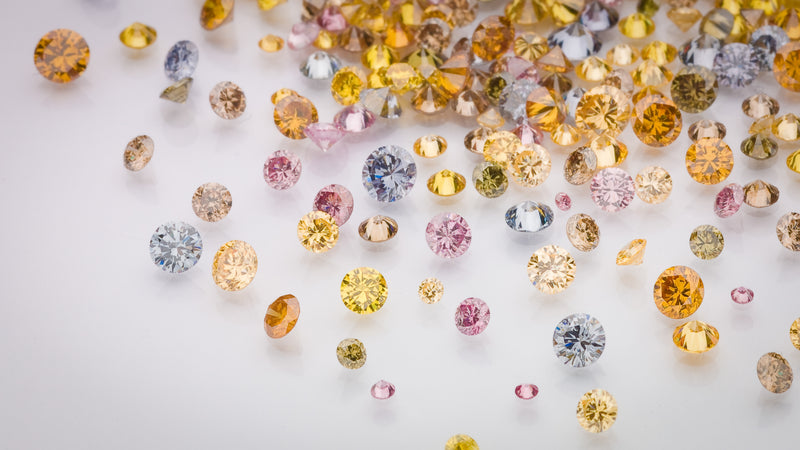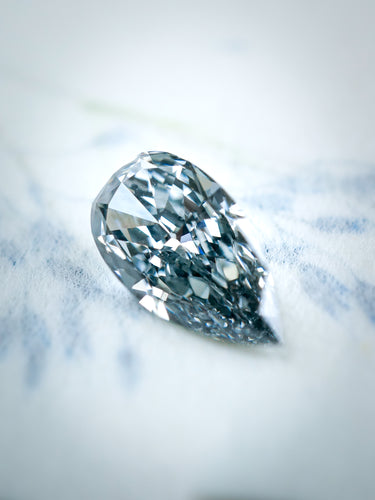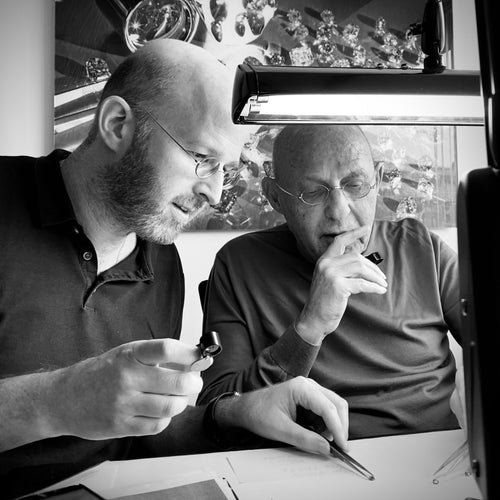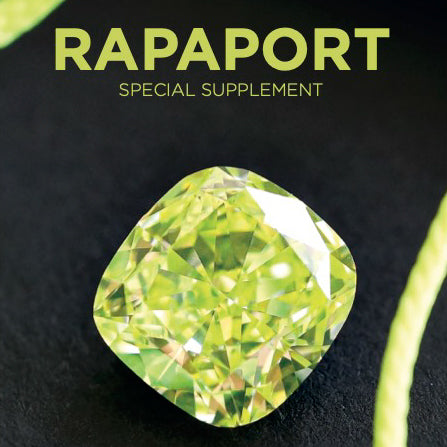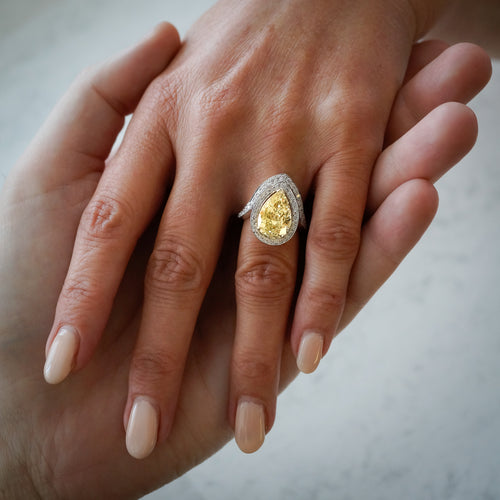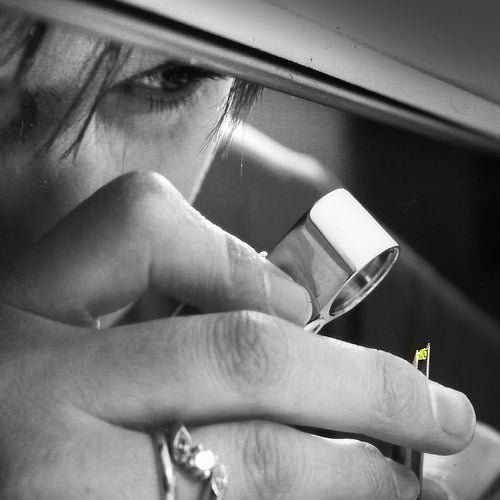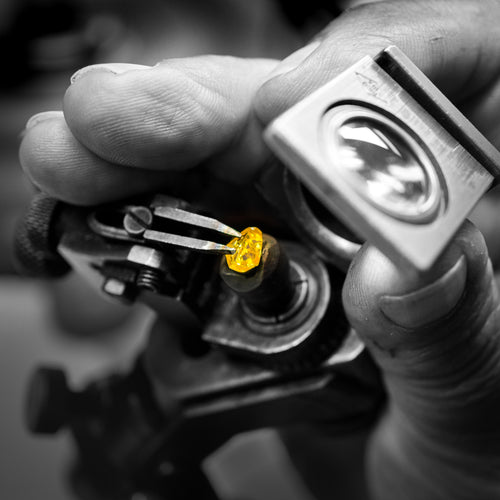Diamond grading starts with the foundation of the Gemological Institute of America, or GIA, in 1931. This non profit institute was created by Robert M. Ripley, an American businessman who owned several jewelry stores. He had realized that his profession suffered from a serious lack of scientific background, which caused a real distrust from the public for jewelers. Having studied gemology himself, Robert M. Ripley quit business to dedicate himself to the training of “certified” jewelers. In 1930, he launched his own preliminary course in gemology, promoting the professionalization of the jewelry industry.
The GIA’s goal is to promote research and education in the field of gemology. It also claims to be a scientific reference for all buyers and sellers in the industry.
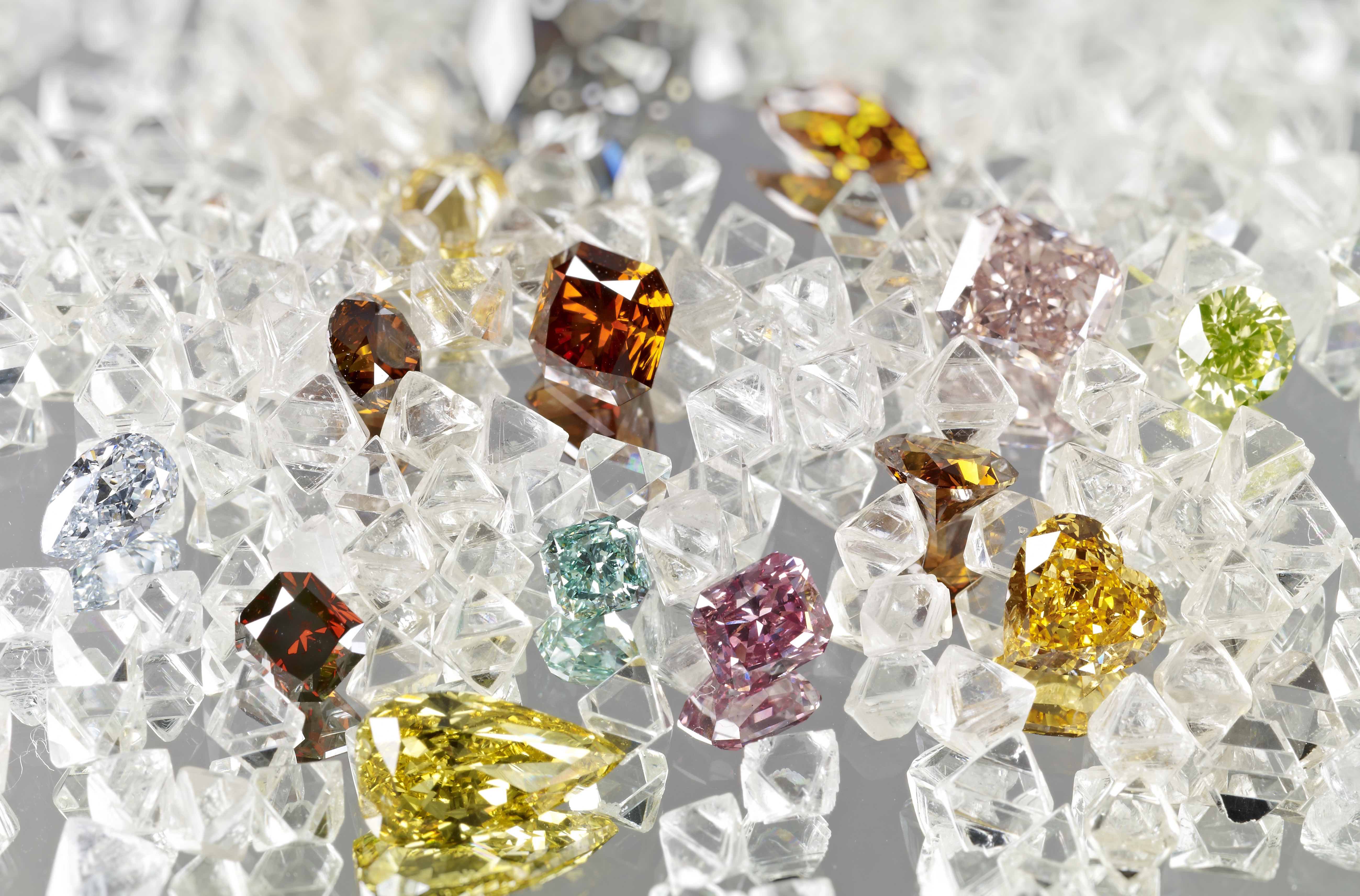
A Few Milestones
In 1953, Richard T. Liddicoat, one of GIA’s major contributors, creates the International Diamond Grading System. This universal method for assessing the quality of diamonds is based on Ripley’s 4 Cs. It will lead to the first diamond grading reports which are issued in 1955.
In 1970, G. Robert Crowningshield, another GIA leading scientist, highlights the then new laser drilling process used to bleach dark inclusions in diamonds.
In 1999, De Beers researchers identify the first criteria for HPHT synthetic diamonds.
In 2003, the first CVD (chemical vapor deposition) synthetic diamonds are identified.
In 2007, the GIA issues the first Synthetic Diamond Grading Reports.
